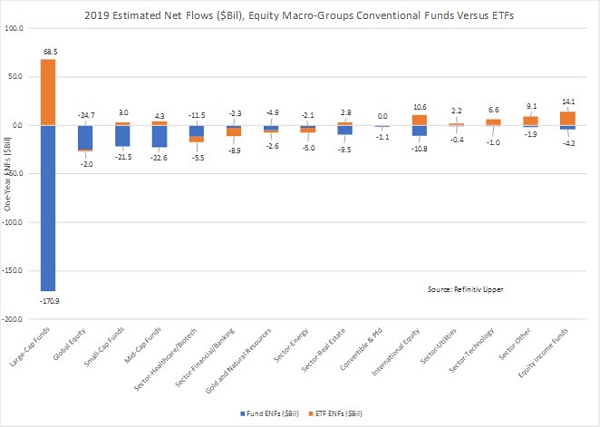Stocks have (shockingly) broken into the green for 2020 … but few folks are celebrating. That’s understandable: coronavirus cases are surging and another wave of lockdowns is a real possibility.
But there is good news here.
First off, I’ve found a “heads-you-win, tails-you-win” fund that’s perfect for these times. It pays a 7.5% dividend and boasts a portfolio of stocks we know well: Microsoft (MSFT), Apple (AAPL), Amazon.com (AMZN) and MasterCard (MA) among them.
Before we get to this fund, we need to take a close look at this levitating market so we can see exactly what it means for our portfolios as we move into the unpredictable back half of 2020.… Read more


Recent Comments